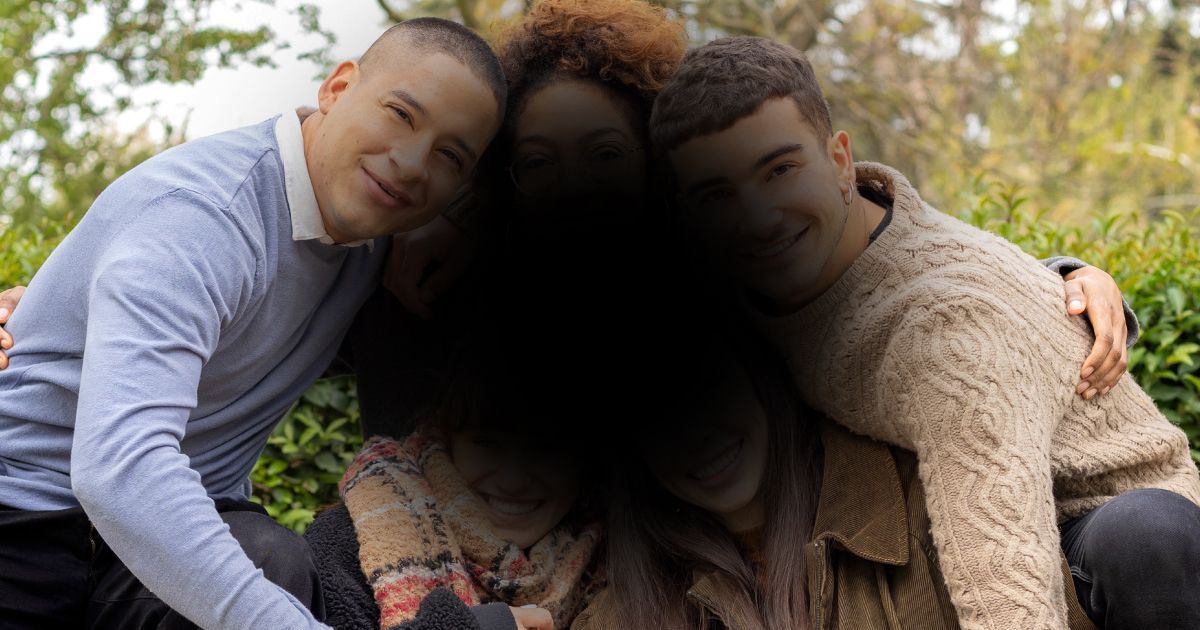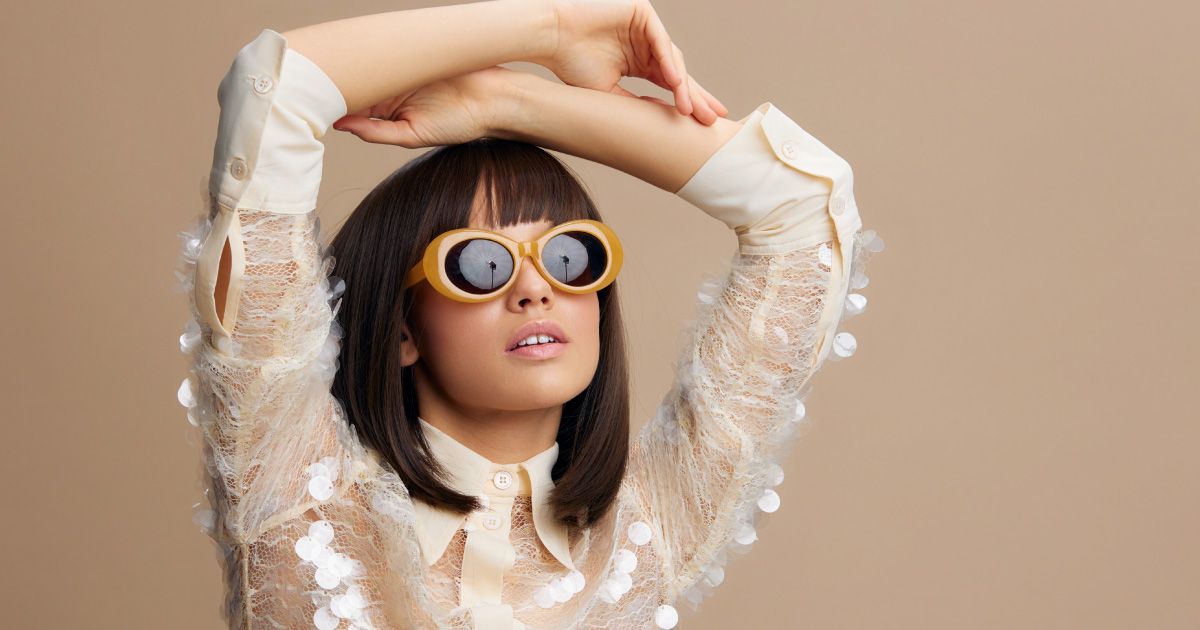The Science of Color: How Hues Affect Mood and Perception

Read time: 6 minutes
Colors are all around, and they have a big impact on how you feel and see things. From the clothes you wear to the paint on your walls, colors can change your mood and influence your perception. Understanding how this works can help you make better choices in your daily life.
Color theory is the study of how colors mix and interact to create different effects. Artists and designers use this knowledge to make their work more appealing. Knowing the basics of color theory can help you understand why you might feel calm in a blue room or energized in a red one.
Different colors can make you feel different things. Warm colors like red and yellow can make you feel excited or happy. Cool colors like blue and green can calm you down or make you feel relaxed. By choosing the right colors for your environment, you can create the moods and feelings you want. This article will explore how colors affect mood and perception and provide tips for choosing the best colors for your space.
Understanding the Basics of Color Theory
What Color Theory Is
Color theory is the study of how colors mix and interact. It helps you understand why certain color combinations look good and evoke specific emotions. The color wheel is a key tool in color theory. It shows the relationships between primary colors (red, blue, yellow), secondary colors (green, orange, purple), and tertiary colors, which are created by mixing primary and secondary colors.
How Colors Are Created
Colors are created through different methods. Mixing pigments (like paint) follows the subtractive color method while mixing light (like on screens) follows the additive color method. In the subtractive method, combining all primary colors results in black. For the additive method, combining all primary colors results in white. Understanding these methods helps artists and designers create the colors they need for their projects.
How Different Colors Affect Mood
Warm Colors and Their Impact
- Red: Red is a strong color that can make you feel excited or even angry. It grabs attention and can increase your heart rate. Many restaurants use red to make you feel more hungry.
- Yellow: Yellow often makes people feel happy and energetic. It is bright and cheerful but can become overwhelming if used too much.
- Orange: Orange combines the energy of red with the happiness of yellow. It can make you feel enthusiastic and motivated but can also be too bold if overused.
Cool Colors and Their Emotional Effects
- Blue: Blue is calming and can make you feel more relaxed. Light blue often brings a sense of peace, while dark blue can make you feel more serious.
- Green: Green is the color of nature and can make you feel calm and refreshed. It is often used in spaces where relaxation is important, like bedrooms or living rooms.
- Purple: Purple combines the calmness of blue and the energy of red. It is often associated with creativity and luxury. Light purple can make you feel calm, while darker shades can feel more dramatic and rich.
Understanding how different colors affect mood can help you choose the right colors for your spaces. Whether you want to feel calm, energized, or creative, there is a color that can help set the mood.
The Role of Color in Perception
How Colors Can Change the Way You See Things
Colors can change how you see and understand things. For example, a room painted in dark colors might feel smaller and cozier, while a room painted in light colors can feel larger and more open. This difference in perception can help you create the atmosphere you want in your space. Bright colors can grab your attention and make you feel more alert. In contrast, softer or pastel colors can create a more relaxed and calming environment.
The Use of Color in Marketing and Design
Companies use color to influence customer behavior. Fast food chains often use red and yellow because these colors can make people feel hungrier and more excited. Banks and other financial institutions often use blue because it conveys trust and dependability. In design, colors help create a brand's identity and make it memorable. Knowing how to use color effectively can make your marketing materials stand out and attract the right audience. Using contrasting colors can make important information pop, while a harmonious color palette can create a sense of balance and professionalism.
Choosing Colors for Your Environment
Tips for Selecting Colors for Different Spaces
- Living Room: Warm and inviting colors like earth tones work well. These colors can make your space feel cozy and welcoming for guests.
- Bedroom: Cool and calming colors like blue or green can create a peaceful retreat. These colors help promote relaxation and better sleep.
- Kitchen: Bright and energetic colors like yellow or red can make the space feel lively. However, use them sparingly to avoid overwhelming the room.
- Office: Neutral colors like gray or beige combined with pops of blue can create a focused and productive environment. These colors help reduce distractions while working.
Ways to Create a Balanced Color Scheme
- The 60-30-10 Rule: Use 60% of a dominant color, 30% of a secondary color, and 10% of an accent color. This rule can create a balanced and harmonious look in any room.
- Color Wheel: Use the color wheel to find complementary colors. These colors are opposite each other on the wheel and make each other stand out. Analogous colors, which are next to each other on the wheel, can create a more subtle and cohesive look.
- Test Paint Samples: Always test paint samples on your walls. Light and space can change how a color looks in a room. Make sure to check the color in different lighting conditions before making your final decision.
The Takeaway
Understanding how colors affect mood and perception can help you make better choices for your home and business environments. Different colors can evoke different feelings and change how you see spaces. Warm colors can make you feel energized, while cool colors can help you relax. Knowing how to use colors effectively can also improve your marketing and design efforts.
By choosing the right colors for each room, you can create the atmosphere you want. Remember to test paint samples and use tools like the color wheel to find the best color combinations. A balanced color scheme can make your space look more cohesive and inviting.
For expert advice on selecting the perfect digital lens & glasses that match your style and bring out the best hues, look no further than Urban Optiks Optometry in San Diego. Schedule your appointment today to see how our stylish eyewear can transform your look and outlook!
Share this blog post on social or with a friend:
The information provided in this article is intended for general knowledge and educational purposes only and should not be construed as medical advice. It is strongly recommended to consult with an eye care professional for personalized recommendations and guidance regarding your individual needs and eye health concerns.
All of Urban Optiks Optometry's blog posts and articles contain information carefully curated from openly sourced materials available in the public domain. We strive to ensure the accuracy and relevance of the information provided. For a comprehensive understanding of our practices and to read our full disclosure statement, please click here.


















